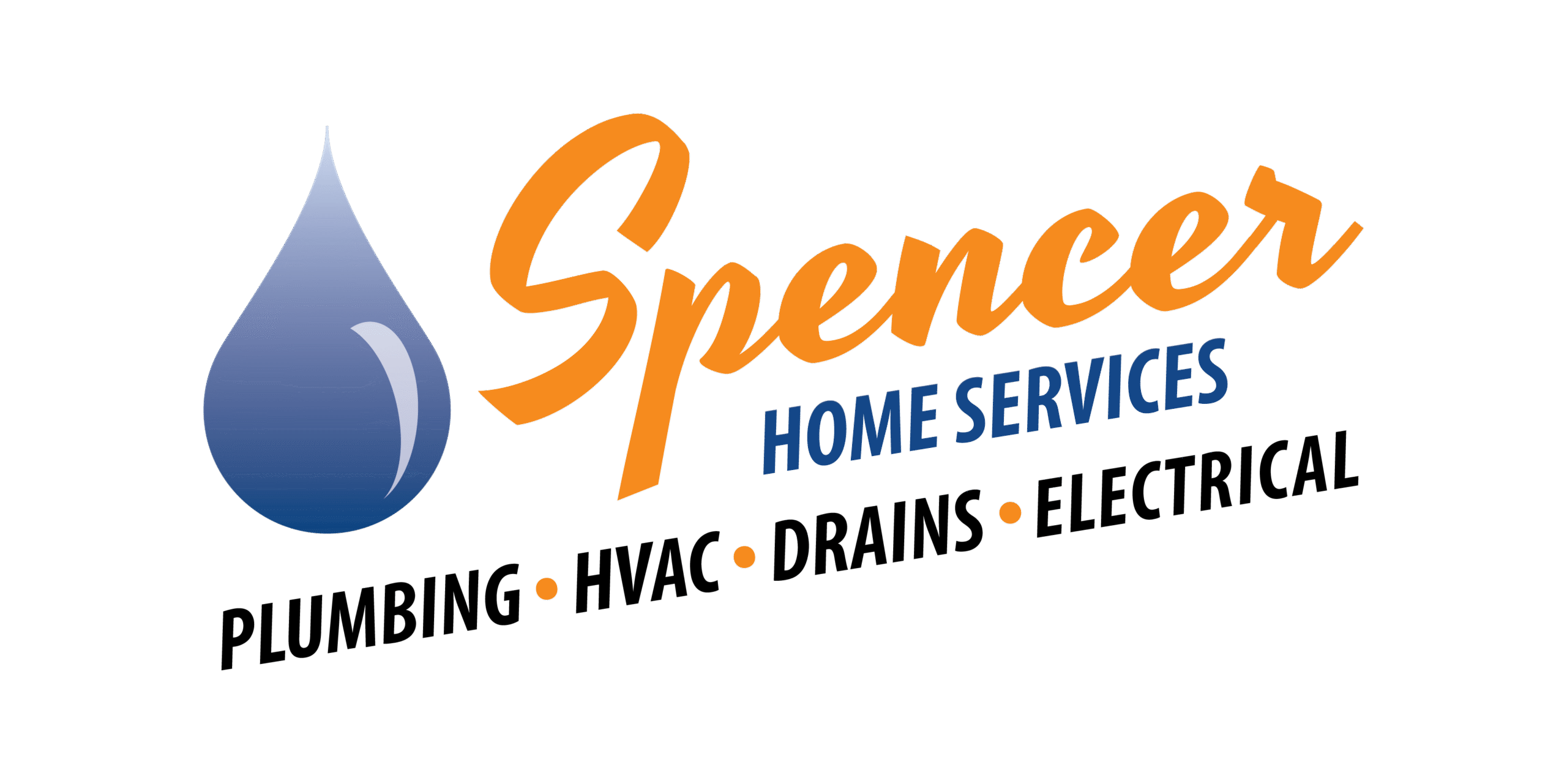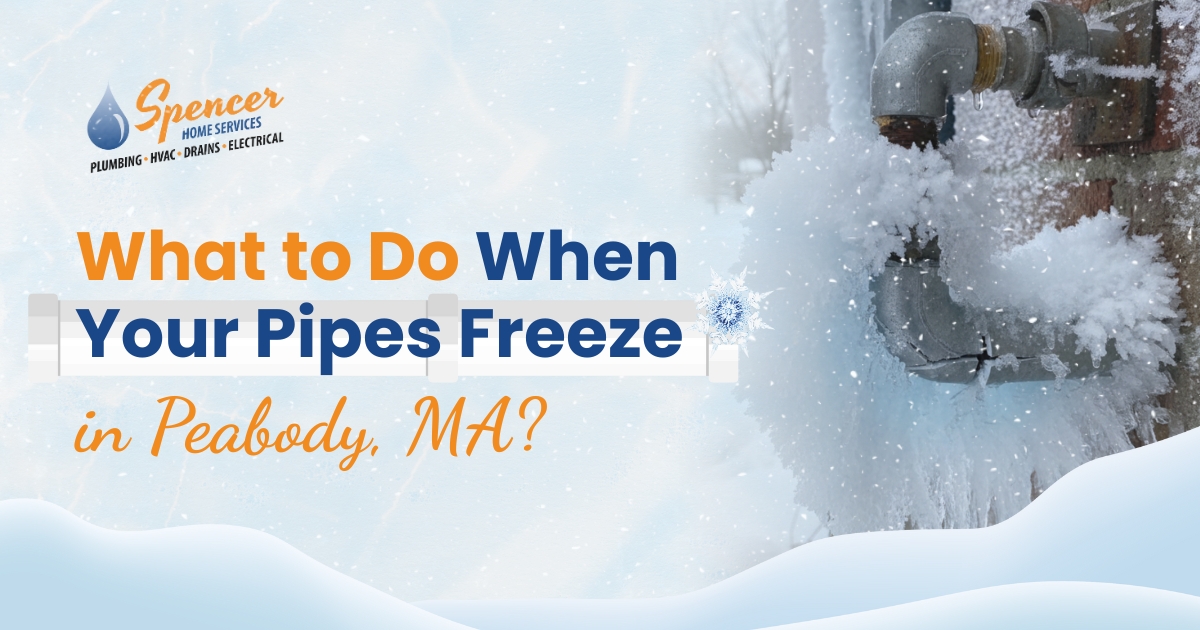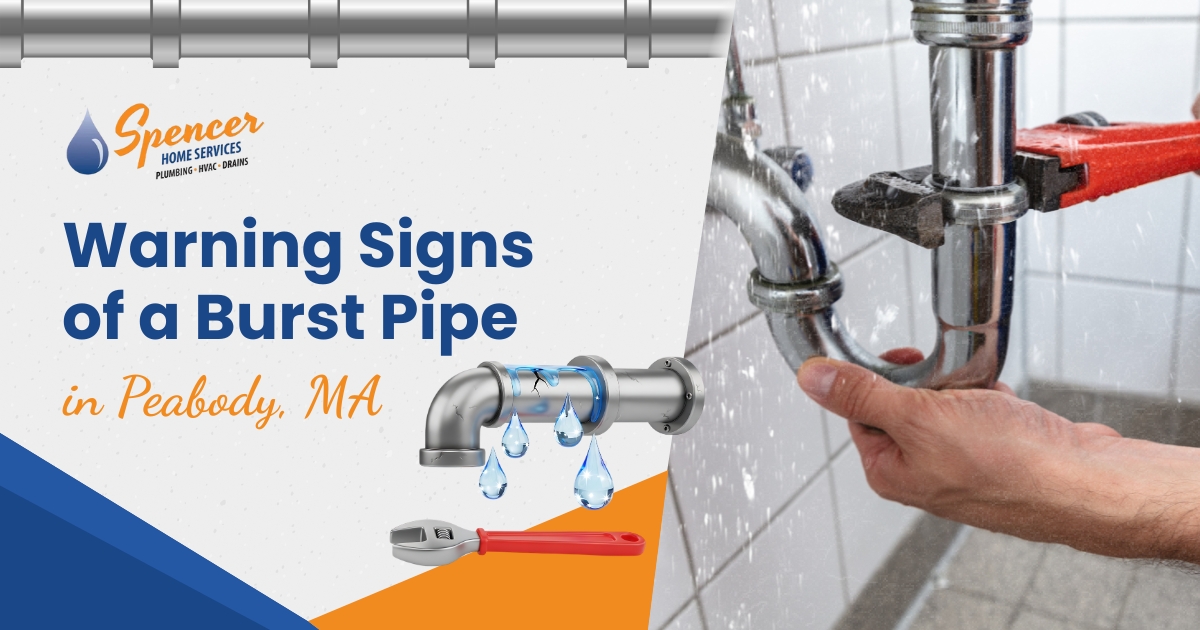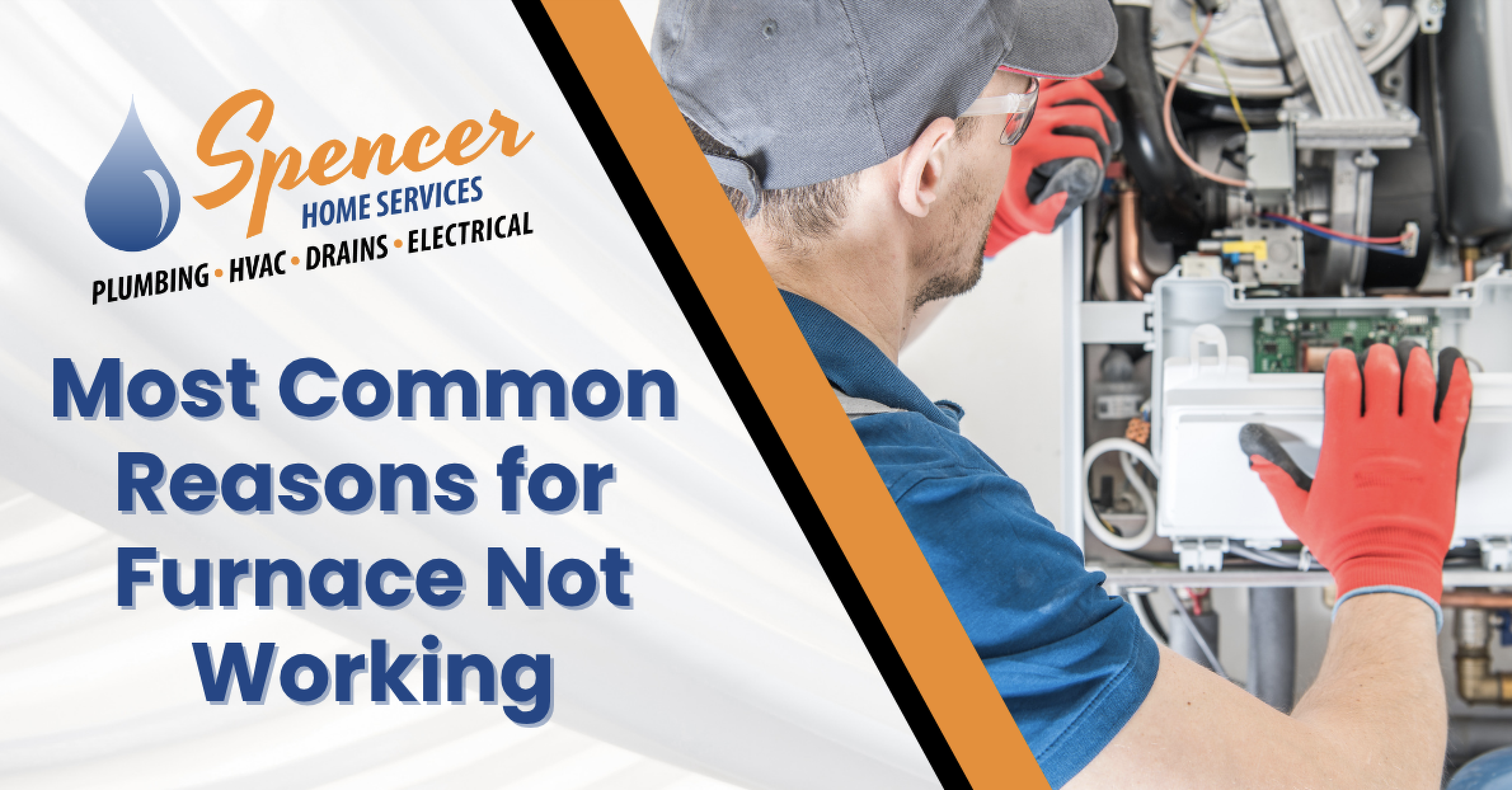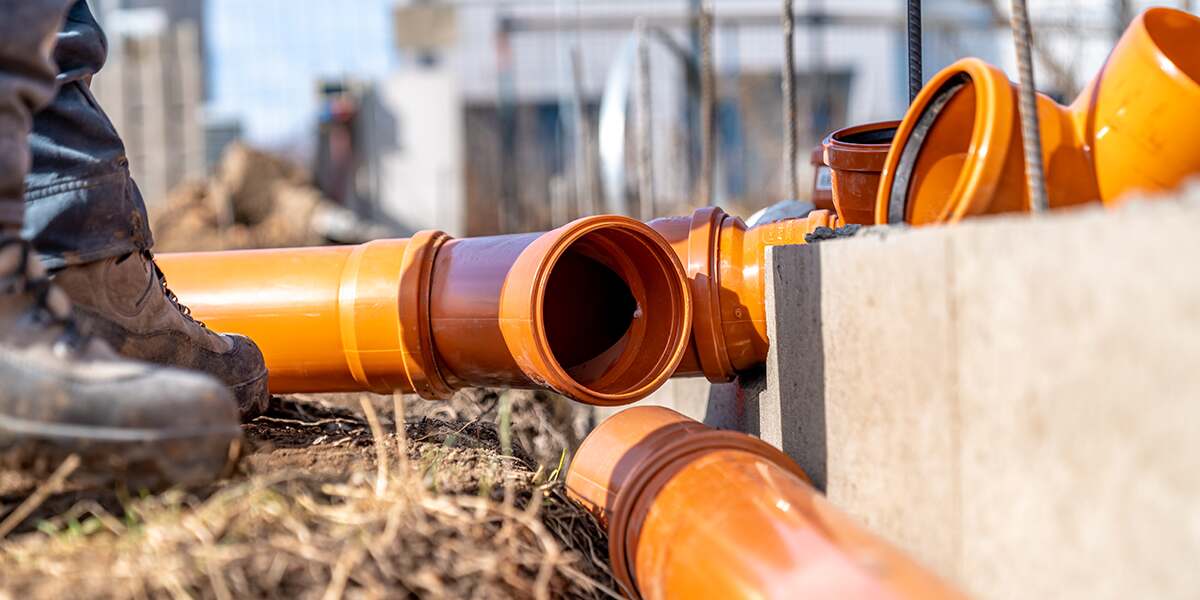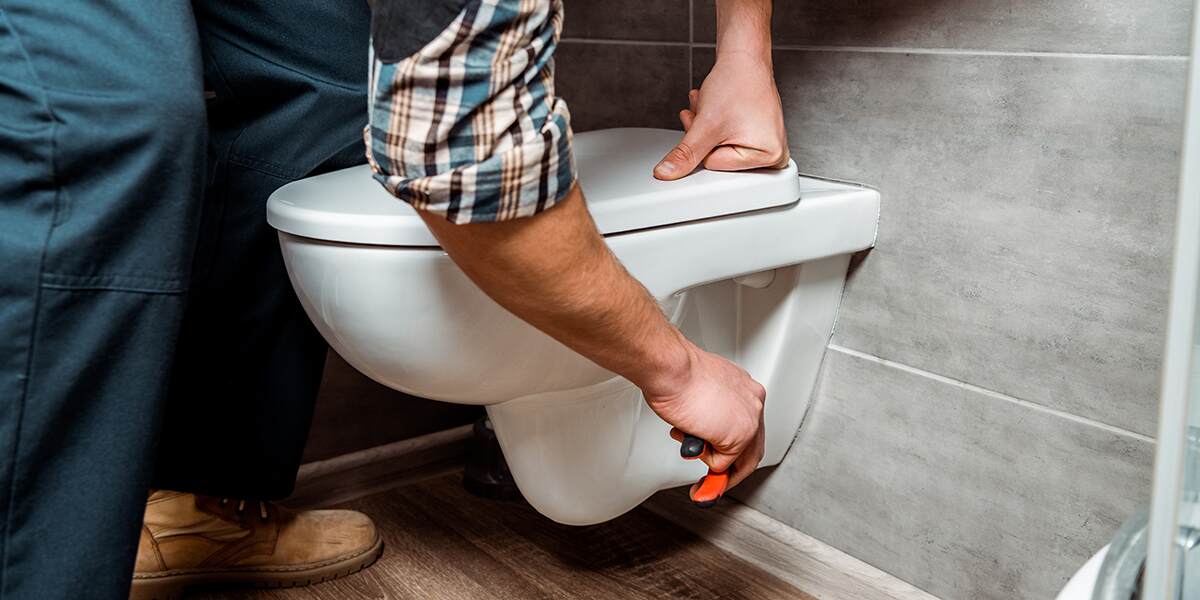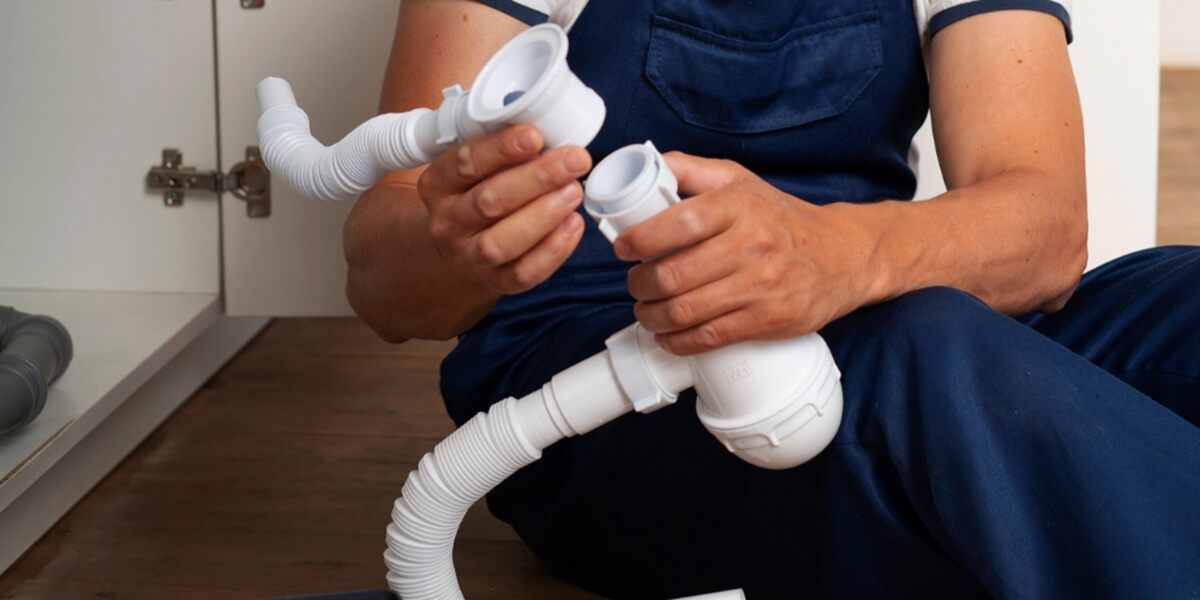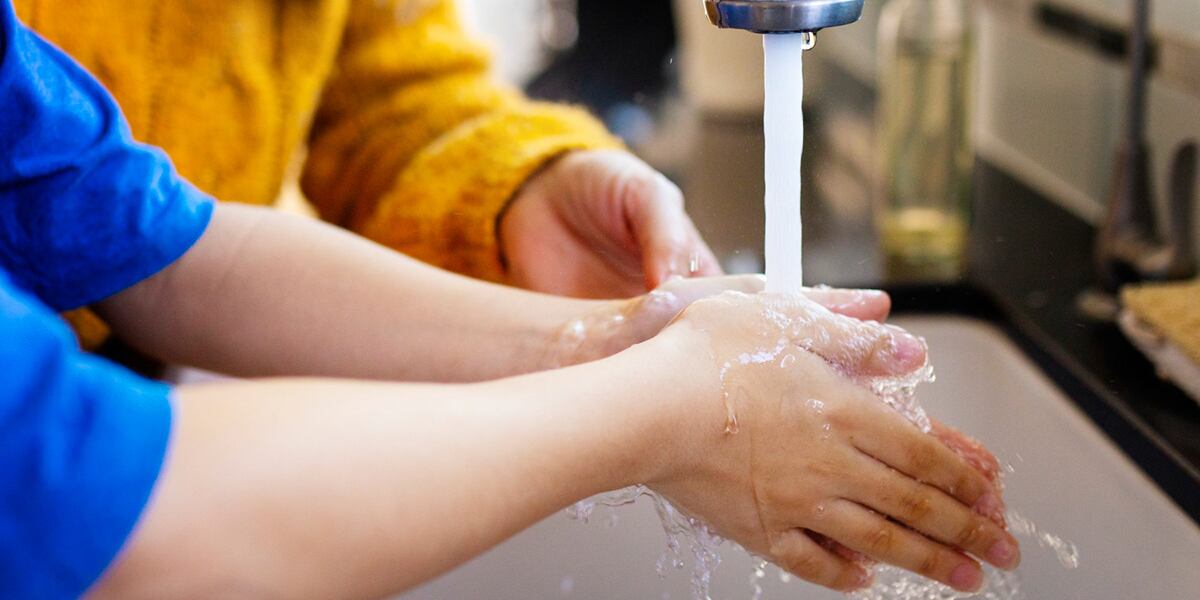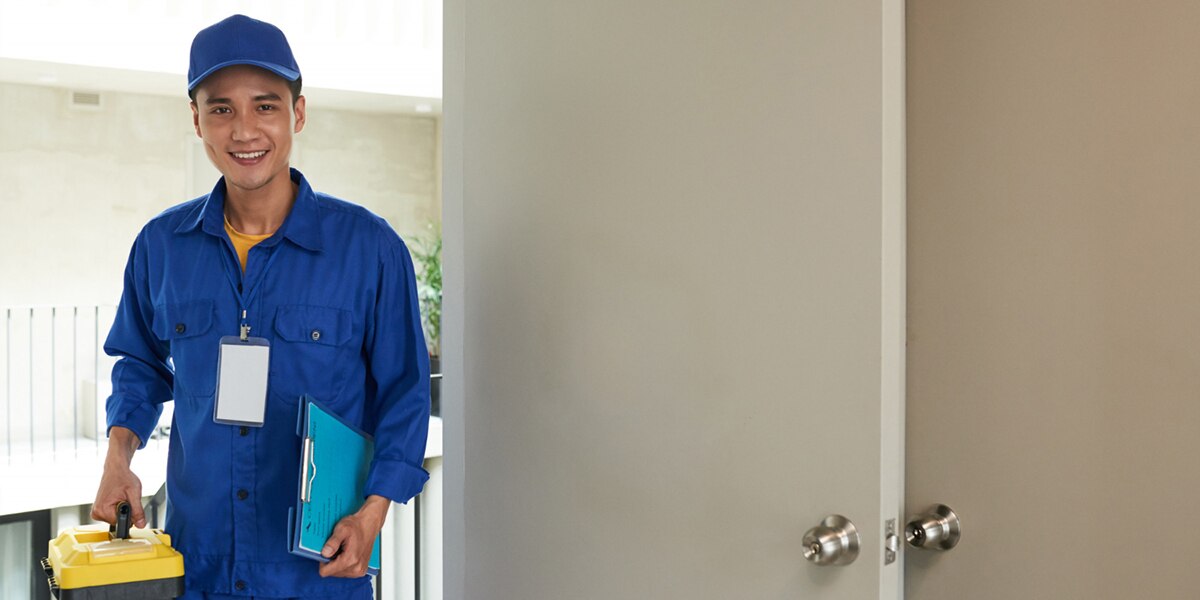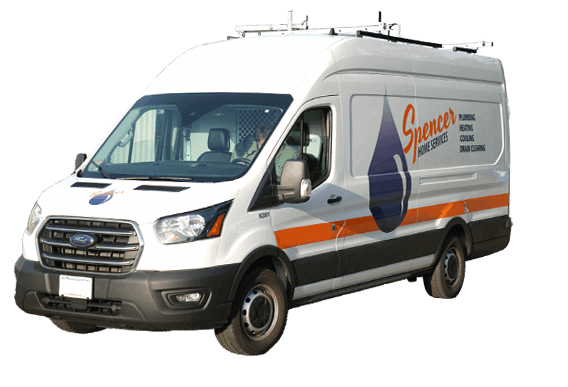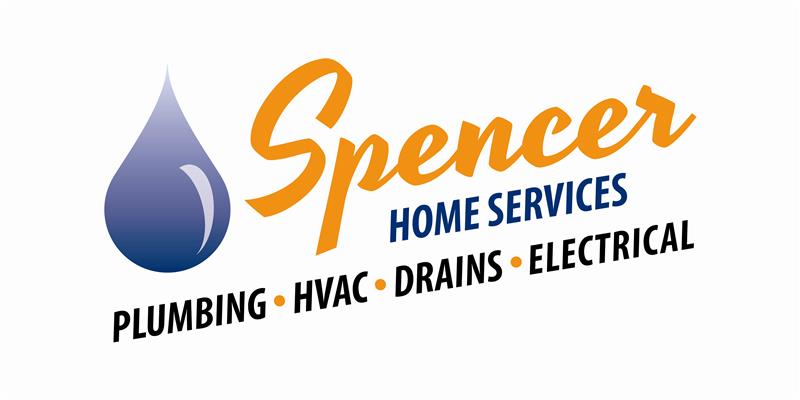Knowing what to do when your water pipes freeze can help prevent serious damage and costly repairs to your home. Whether you’re in Peabody or anywhere else in Essex, Middlesex, or Suffolk counties, frozen pipes are a common winter problem.
When temperatures plummet, the water in your pipes can freeze and expand, putting your plumbing system under dangerous pressure. If you’re wondering what to do if your pipes freeze in the winter, taking the right steps can prevent a frozen pipe from bursting.
1. Keep the Faucet Open
If you suspect frozen pipes, open the affected faucet right away. Leaving it open relieves the pressure that builds up between the ice blockage and the faucet.
As you begin thawing, keep the faucet running to monitor your progress. When water starts trickling through, you’ll know it’s working. Open both hot and cold handles to relieve pressure. Even a slow trickle is helpful because flowing water helps melt the ice from the inside.
2. Turn Up the Heat in Your Home
Set your thermostat higher than usual, keeping it at least 55°F throughout your home. During extreme cold snaps around Salem, keeping your home above this minimum temperature helps prevent pipes from freezing in the first place.
While it may take longer than direct heating methods, this is a safe way to address the problem without risking damage to your plumbing. The added warmth also helps prevent other pipes in your home from freezing.
3. Warm the Area Around the Frozen Pipe
If you can access the frozen section of the pipe, apply gentle, moderate heat directly to it. A hair dryer set on low to medium is one of the safest tools for thawing frozen pipes. Start at the faucet end and work your way toward the frozen section, moving the dryer back and forth. Never hold it in one spot too long, and avoid using the highest heat setting. Rapid heating can damage pipes or cause dangerous steam buildup.
Space heaters positioned near the pipe can also work, but keep them at a safe distance from any flammable materials. Electric heating pads wrapped around the pipe provide consistent, controlled warmth. You can also use hot towels, replacing them frequently as they cool down.
Whatever method you choose, be patient. Slow, gradual warming is much safer than applying intense heat, which could cause the pipe to burst from thermal shock or from trapped steam.
4. Open Cabinet Doors to Expose Pipes
Kitchen and bathroom sinks often have pipes that run through exterior walls or cabinets, where cold air gets trapped. Opening these cabinet doors allows warm air from your home to circulate through the plumbing.
The heated air in your living space can be several degrees warmer than the air trapped inside closed cabinets. This strategy works well in combination with raising the overall temperature in your home, as suggested above.
5. Check Other Faucets
Once you’ve identified one frozen pipe, you should check other faucets in your home, too. Turn on each tap to see if water flows normally. If multiple faucets show reduced flow or no water at all, you likely have several frozen sections in your plumbing.
Pipes that run parallel to exterior walls, through unheated spaces, or in areas with poor insulation are all at risk. Test faucets in bathrooms, kitchens, laundry rooms, and any outdoor spigots. In two-story homes in Beverly and Lynnfield, don’t forget to check upstairs and downstairs fixtures.
6. If the Pipe Is Behind a Wall or Inaccessible, Call a Plumber
When the frozen section is hidden or when your thawing efforts aren’t working after 30 to 45 minutes, professional help is necessary. Licensed plumbers have specialized equipment that can safely thaw pipes in hard-to-reach locations.
Spencer Home Services offers emergency plumbing repairs throughout Peabody and the surrounding North Shore communities, including Danvers and Lynn. We bring professional-grade pipe-thawing equipment that safely unfreezes your plumbing without risking your walls or pipes.
Since 1980, our team has been serving homes in Essex County and understands how New England winters affect local plumbing. Our plumbing services are available 24/7 because plumbing emergencies can strike at any time.
If you notice any moisture, no matter how minor, contact our water leak repair team for a professional inspection. It’s much better to catch small issues early than to deal with major water damage later.
What Not To Do When Your Pipes Freeze in Peabody
Knowing what to avoid is just as important as knowing what to do when your water pipes freeze.
- Don’t use an open flame, such as a blowtorch, to thaw pipes. The risk of fire is extremely high, and the intense heat can cause pipes to burst instantly.
- Don’t pour boiling water directly onto frozen pipes. Frozen pipes can crack from thermal shock.
- Don’t ignore the problem and hope it resolves itself when temperatures rise. A partially frozen pipe can still have enough pressure buildup to burst.
- Don’t crank your heat up so high that you create a fire hazard or damage your heating system. Raising the temperature a few degrees is helpful, but turning your home into a sauna is dangerous.
- Don’t assume you can handle every frozen pipe situation on your own. Our team would rather help you fix a smaller problem than have to address a major disaster.
How To Tell If Frozen Pipes Turned Into Burst Pipes
Sometimes frozen pipes burst before you even realize there’s a problem. Knowing the warning signs of a burst pipe helps you respond quickly to minimize water damage:
- Unusual sounds like hissing, bubbling, or banging coming from your walls or plumbing
- Water stains on ceilings, walls, or floors, especially near exterior walls
- Sudden drops in water pressure throughout your home,
- Water that stops flowing entirely, even after you’ve attempted to thaw the pipes
- Visible water actively spraying or flooding from pipes, walls, or ceilings
If you spot any of these warning signs, shut off your main water valve immediately and call for emergency help. Our sewer line and trenchless pipe repair services can address serious damage while minimizing disruption to your property. With our 10-year parts-and-labor warranty on plumbing repairs, you get lasting solutions, not temporary fixes.
Don’t Let Frozen Pipes Burst Through Your Peabody Home
Frozen pipes are a serious issue that requires immediate attention. With the right approach, you can protect your home from costly water damage.
At Spencer Home Services, we’ve been helping families across Peabody and the entire North Shore for over 40 years. We’ve earned a reputation for reliability, whether you call us to thaw frozen pipes or address your HVAC, electrical, and sewer repair needs. Ask us about free estimates for air conditioners, heat pumps, furnaces, and boilers, too!
For service that can’t be beat, call Pete! Contact us today at 978-293-5770 or schedule online for fast, reliable help you can trust. Backed by decades of experience, we deliver high-quality, lasting solutions done right the first time.
